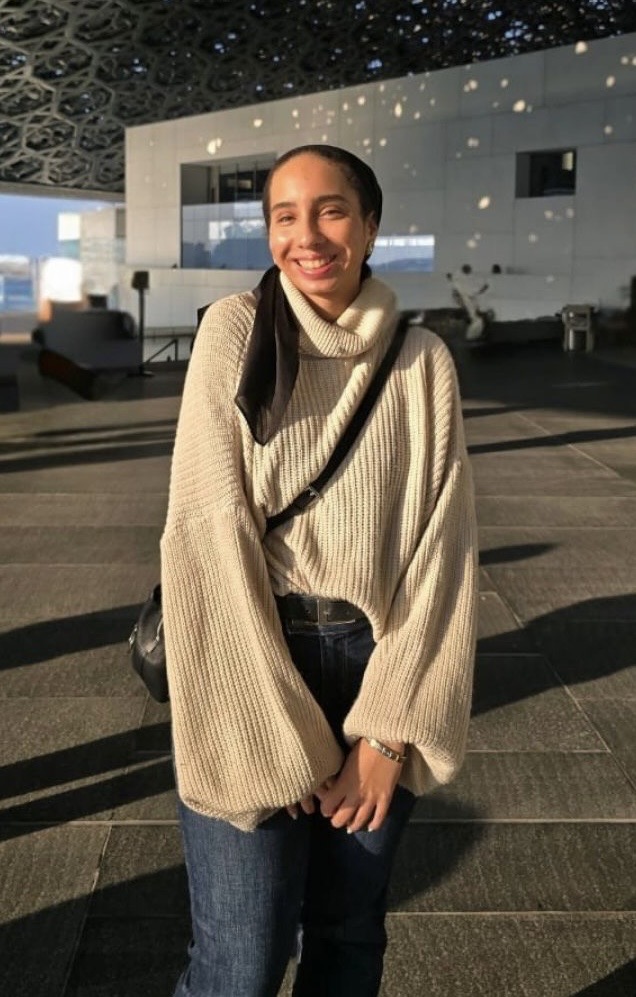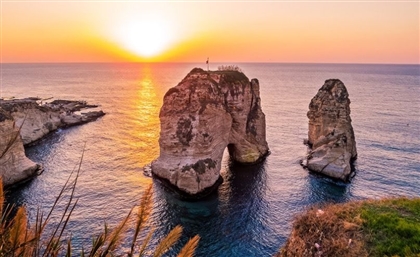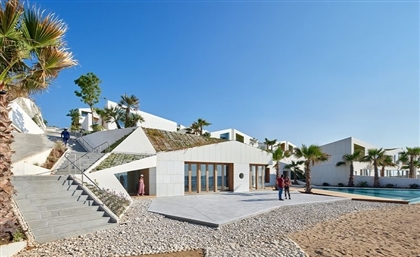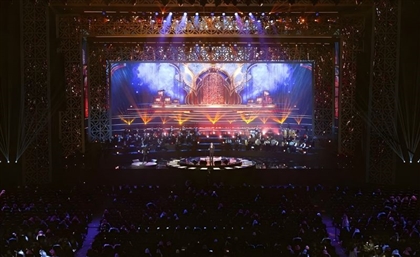Lina Ghotmeh Architecture Designs Jadids’ Legacy Museum in Uzbekistan
The museum will inhabit the former residence of Usmon Khodjaev, a leading figure of the Jadid movement and the first president of the Bukhara People’s Republic.
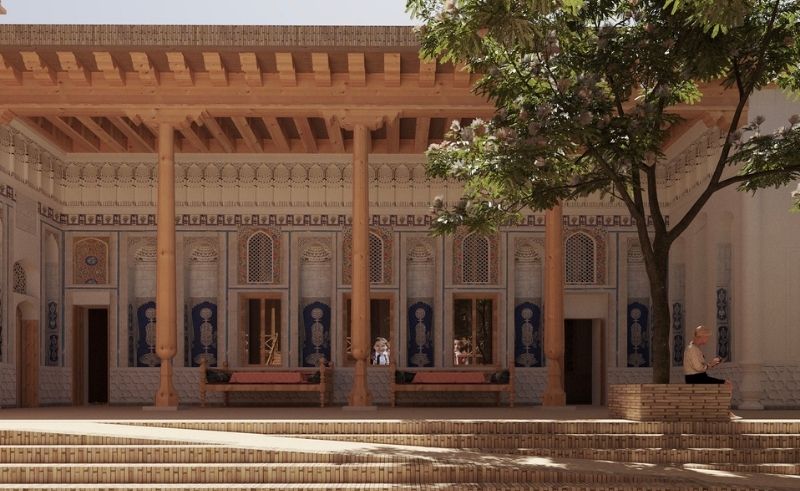
A historic residence in Bukhara is set to be reimagined by Lina Ghotmeh Architecture as the Jadids’ Legacy Museum, a new cultural landmark dedicated to the reformist movement that transformed education in Central Asia. Scheduled to open in 2027, the project extends Ghotmeh’s continuing exploration of heritage as a living foundation for contemporary design.-f9d9aee1-34d1-4850-a60a-e35648e3fc35.jpg) The museum will inhabit the former residence of Usmon Khodjaev, a leading figure of the Jadid movement and the first president of the Bukhara People’s Republic. Set beside Lyabi-Hauz - the 17th-century public square and social centre - the site occupies a symbolic position in the city’s historic core. The residence, once embedded in the civic life of Bukhara, will be adapted into a place where the Jadids’ vision of renewal and education is encountered through architectural space.
The museum will inhabit the former residence of Usmon Khodjaev, a leading figure of the Jadid movement and the first president of the Bukhara People’s Republic. Set beside Lyabi-Hauz - the 17th-century public square and social centre - the site occupies a symbolic position in the city’s historic core. The residence, once embedded in the civic life of Bukhara, will be adapted into a place where the Jadids’ vision of renewal and education is encountered through architectural space.
Lebanese-born architect Lina Ghotmeh approaches the project through her methodology of 'Archaeology of the Future', where layers of history are neither erased nor frozen, but actively inform new interventions.-b30c9adc-c873-40e5-94ab-fd2cb8ac102f.jpg) The design seeks to preserve the integrity of the residence while introducing contemporary elements that create new possibilities for circulation, gathering, and reflection. The architecture unfolds as a dialogue, balancing the intimate domestic scale of the historic house with spatial gestures that open it to collective engagement.
The design seeks to preserve the integrity of the residence while introducing contemporary elements that create new possibilities for circulation, gathering, and reflection. The architecture unfolds as a dialogue, balancing the intimate domestic scale of the historic house with spatial gestures that open it to collective engagement.-ef2fcb9d-4e1c-4524-9c46-e3fff8d9050f.jpg) The resonance between the Jadids’ reformist ideals and Ghotmeh’s architectural ethos is clear. Their commitment to education, women’s empowerment, and social renewal is echoed in her ambition to generate spaces that cultivate thought and exchange.
The resonance between the Jadids’ reformist ideals and Ghotmeh’s architectural ethos is clear. Their commitment to education, women’s empowerment, and social renewal is echoed in her ambition to generate spaces that cultivate thought and exchange.-4edfdda5-95fd-4a06-b730-32f826b91504.jpg) The project is conceived as both a museum and an urban connector. Its proximity to Lyabi-Hauz situates it within Bukhara’s centuries-old network of civic spaces, allowing the building to act as a repository of memory while also participating in the city’s evolving public realm. In this way, the Jadids’ Legacy Museum continues the region’s architectural tradition of adaptation, where each generation leaves a trace upon the fabric of the built environment.
The project is conceived as both a museum and an urban connector. Its proximity to Lyabi-Hauz situates it within Bukhara’s centuries-old network of civic spaces, allowing the building to act as a repository of memory while also participating in the city’s evolving public realm. In this way, the Jadids’ Legacy Museum continues the region’s architectural tradition of adaptation, where each generation leaves a trace upon the fabric of the built environment.
- Previous Article Ministry of Culture Invested USD 21.6 Billion in Cultural Projects
- Next Article Six Unexpected Natural Wonders to Explore in Egypt
Trending This Week
-
Dec 16, 2025







